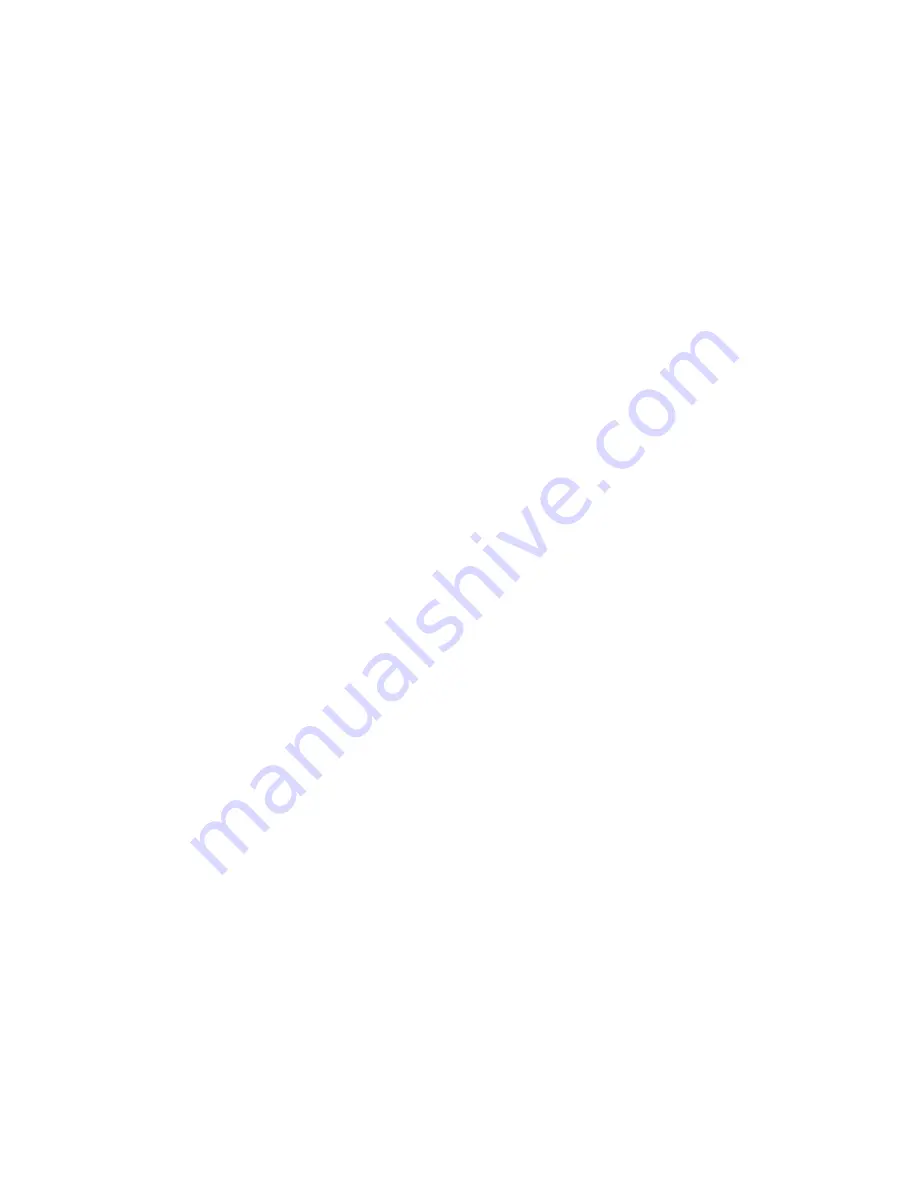
13
The prepared finish will have very fine score marks usually seen when the part is held to the light at a slight angle.
2. This is the time to rough sand any accessories or small parts, using the 320 grit sandpaper, that will be as-
sembled and attached at different positions on the fuselage. These can be marking lights, engine exhausts, scale
fuel tanks, horizontal and vertical stabilizers, guns, antenna or any scale details being bonded to the fuselage.
These accessories should be test assembled to make sure that all parts are prepared, and you will be able to see any
problems that may arise in trying to paint these parts. Some thought should be put into how to hold the part as it is
being painted. Go ahead and bond these parts at this time using the slow CA glue. A quick note on adhesives, as
the fuselage resin is polyester, do not use any regular 5-30 minute epoxies to bond
do not use any regular 5-30 minute epoxies to bond
do not use any regular 5-30 minute epoxies to bond
do not use any regular 5-30 minute epoxies to bond
do not use any regular 5-30 minute epoxies to bond two fiberglass components
together. Stabilit is specially formulated for this purpose and excellent for fillets. Epoxy and polyester will not
bond properly to one another, but epoxy is good to bond unlike substances like wood or metal to themselves or
other parts.
3. Once the detail parts have been built into sub assemblies, they are ready to paint, use a filler in sections that
have gaps or slight surface imperfections, occasionally there are voids (air bubbles in the resin) that occur near the
surface that need to be filled. There are alot of good fiberglass fillers on the market, it is best to check with your
local hobby shop to get a recommended product. Try to stay away from porous fillers designed for wood as they
will shrink and are not a good choice for large areas.
4. Most major windows and accessory holes have been precut by Century, leaving only those that have a user
dependency like the type of exhaust system used on the helicopter or the exact exit position for the cooling fan
shroud. For these fuselages that have been explicitly designed for the Century’s scale mechanics, almost all of
these concerns have been considered and finished at the factory. This leaves the hole for the exhaust, if you are
using the recommended scale muffler (CN3058 .32-.38 or CN3059 .46-.50) then these dimensions have been
included on a template in the Scale Mechanics Manual for the 30 size engine, the 46-50 requires a slight adjust-
ment.
4a. When making cutouts or holes in the surface of the fiberglass the best procedure is to drill a pilot hole using a
1/16" drill bit at corners or along a curve. Start with a permanent marker to draw the opening or window. The
pilot holes serve to avoid leaving sharp corners which given the nature of a model helicopter will be the focal
point for stress cracking originating from corners. Once the holes have been made, use the moto-tool for all other
roughing cuts. The cut off wheel is the best for straight lines and either the sanding drum or the curved stone is
used for smoothing edges. If the cut out is a window, do not use the moto-tool for the final work. Switch to a
sanding blocks, square blocks of various sizes for straight edges and round dowels for rounded corners.
4b. In the case of the exhaust opening, it should end up being 1/8" larger across the outside diameter of the
exhaust pipe that extends below the bottom of the fuselage. After drawing the circle, use grinding stone and move
in small circles until the hole is at the size wanted.
5. Priming the fuselage accomplishes two tasks: firstly, the primer paint is designed to aggressively adhere to
the surface being painted and provide the best surface for the colored paint to adhere to; secondly, all surface
imperfections will become visible. Depending on the particular imperfection, light sanding with number 600 or
800 sand paper and the second priming will take care of 90% of the highly visible problems. The remaining
10% need to be filled, let dry, sanded again and then sprayed with the second coat of primer. The primer pro-
cess will be repeated until the surface is as perfect as your patience and time permit.
6. Select your paint color and follow the directions on the particular brand of paint being used as each manufac-
turer has different requirements.
































